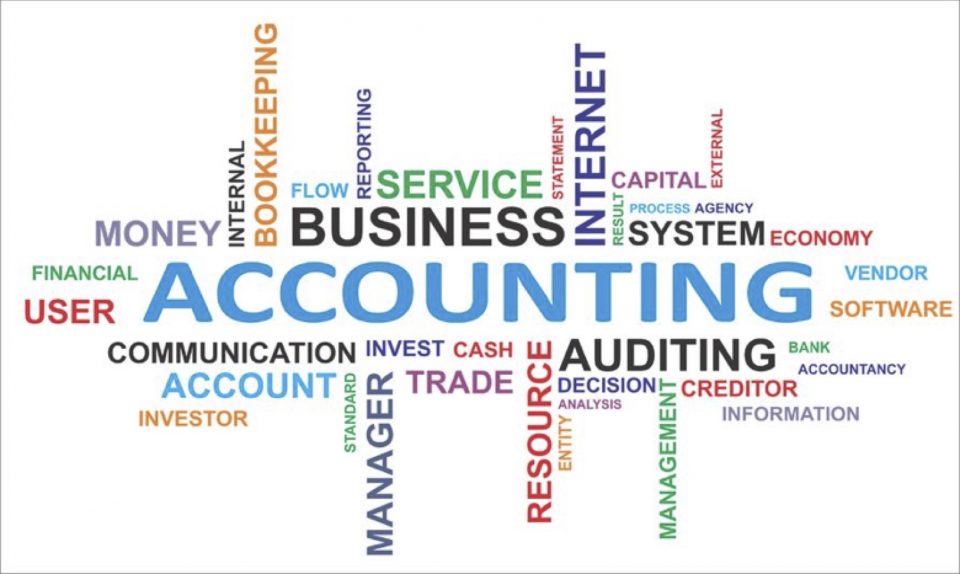Mastering the Art of Bookkeeping: A Practical Guide for Small Businesses
Mastering the Art of Bookkeeping: A Practical Guide for Small Businesses
Blog Article

Welcome to the world of bookkeeping, where precision meets practicality to chart the financial course of small businesses. In the realm of entrepreneurship, mastering the art of bookkeeping is akin to possessing a map that guides you through the twists and turns of your company's financial landscape. Bookkeeping plays a pivotal role in not only organizing your financial records but also in providing valuable insights that can steer your business toward success. By embracing the fundamentals of bookkeeping, small business owners can gain a clear understanding of their financial health, make informed decisions, and set sail towards their goals with confidence and clarity.
Chapter 1: Bookkeeping Basics
Let's start by understanding the foundational elements of bookkeeping. At its core, bookkeeping involves the systematic recording of a business's financial transactions. This includes tracking income, expenses, assets, and liabilities in an organized manner.
Accuracy is key when it comes to bookkeeping. Every transaction must be recorded correctly to ensure that the financial records reflect the true state of the business. By maintaining accurate records, business owners can make informed decisions based on reliable financial data.
Organizing your financial documents is essential for effective bookkeeping. Keep all receipts, invoices, and bank statements in a structured manner to easily reference them when needed. Establishing a system for categorizing expenses and income will streamline the bookkeeping process and provide clarity on the financial health of the business.
Chapter 2: Best Practices for Small Businesses
Maintaining organized records is key to successful bookkeeping for small businesses. Develop a consistent system for tracking income and expenses. This can involve using accounting software, creating spreadsheets, or hiring a professional bookkeeper.
Regularly reconciling accounts is essential to ensure accuracy in financial records. By comparing bank statements with accounting records on a frequent basis, discrepancies can be identified and resolved promptly. This practice also helps in monitoring cash flow and detecting any unusual transactions.
Lastly, consider seeking guidance from a financial advisor or accountant to ensure compliance with tax regulations and to receive valuable insights on financial planning. Professional advice can help small businesses make informed decisions, reduce risks, and optimize financial performance.
Chapter 3: Streamlining Bookkeeping Processes
Bookkeeping Services
In this section, we will focus on optimizing your bookkeeping tasks to enhance efficiency. One effective way to streamline bookkeeping processes is by using accounting software tailored for small businesses. These tools can automate repetitive tasks such as data entry and report generation, saving you valuable time.
Another strategy to streamline bookkeeping is to establish clear and organized record-keeping practices. By creating a systematic filing system for your financial documents, invoices, and receipts, you can easily locate information when needed. This organized approach not only saves time but also reduces the likelihood of errors in your bookkeeping records.
Lastly, consider integrating cloud-based solutions into your bookkeeping processes. Cloud accounting platforms offer real-time access to your financial data from anywhere, allowing for collaboration with team members or accountants remotely. By embracing technology and automation, you can simplify bookkeeping tasks and focus on growing your small business.
Report this page